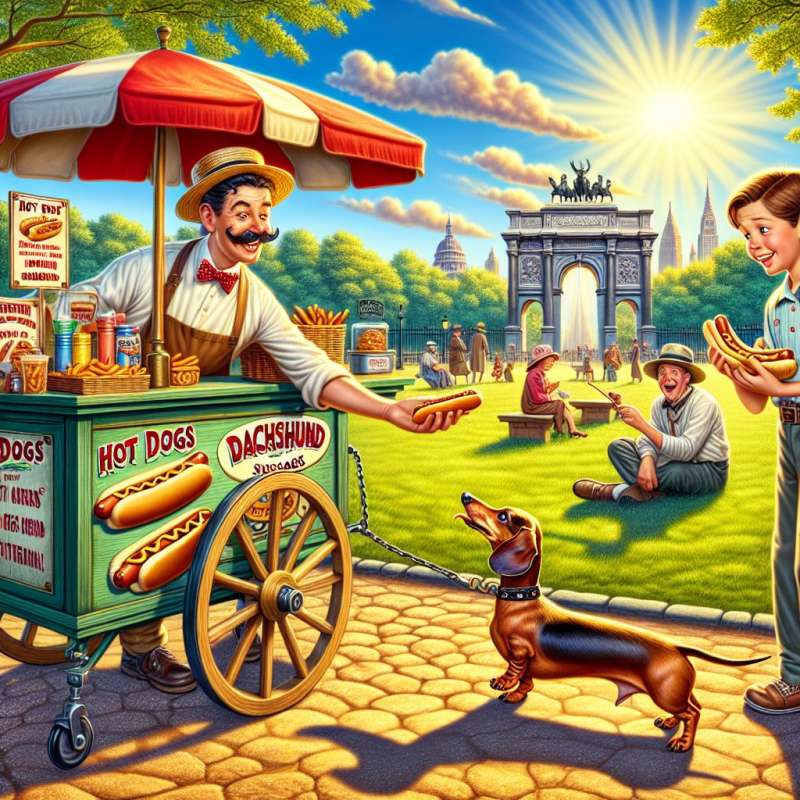
Hot Dog History
Originating from European sausages, the modern hot dog became popular in the US. Its name's alleged to have come from a cartoonist who couldn't spell 'dachshund sausages'.
Primary Meat Ingredients
Typical hot dogs are made from beef, pork, turkey, or chicken. The meat is ground finely and mixed with other ingredients to create a smooth emulsion.
Flavorings and Additives
The meat blend is enhanced with salt, garlic, sugar, and a mixture of spices like paprika and mustard seeds. Sodium nitrite is added for preservation and color.
Fillers and Extenders
Non-meat fillers may include corn syrup, dried milk, and cereal grains. They help in binding the product and reducing production costs, while also affecting flavor and texture.
The Casing Conundrum
Traditionally, hot dogs are encased in intestines of sheep or pigs. However, many modern varieties use synthetic casings, often made from collagen, cellulose, or even plastic.
Nutritional Considerations
Hot dogs are high in fat and sodium with varying nutrition based on meat and ingredients. They can contain vitamins like B12 and minerals such as zinc and iron.
Regional Variations
Different regions have distinct hot dog varieties. For example, the Chicago-style hot dog includes a poppy seed bun and pickled vegetables, whereas New York dogs are known for sauerkraut and spicy mustard.Astronaut Hot Dogs
Hot dogs were one of the first meals eaten on the moon by astronauts during the Apollo 11 mission in 1969.
What inspired the hot dog's name?
European cuisine influence
Cartoonist's misspelling
American fast-food culture
Company